Tag: Japan
-

From Japanese tradition to high-tech
Two news from Japan that I stumbled upon recently, but which are so beautiful that I immeidately wanted to share them with you here. First, a collection of 1000+ wood-block engravings from Japanese master Utagawa Hiroshige also more simply known as Hiroshige at ArtsMia. Hiroshige is an artist who understood how to marvellously renew the…
-
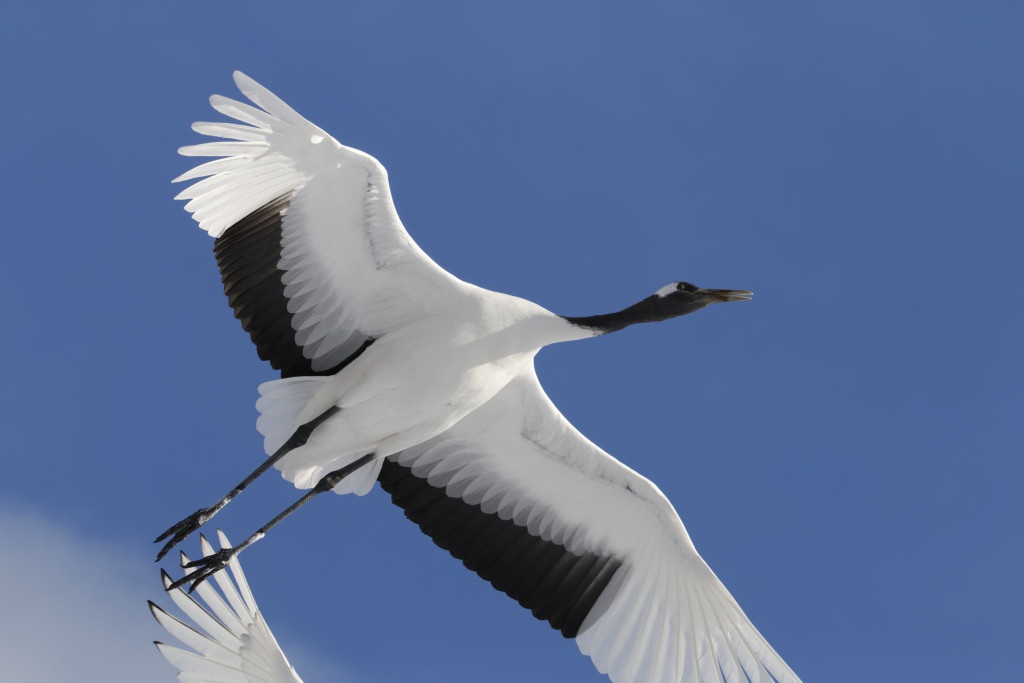
Japanese cranes
The crane is one of these symbols coming through the centuries to feed Japanese culture. It’s everywhere. Usually called tanchōzuru, it is said to live 1000 years. It will be found on coins, bills, company logos (e.g. Japan Airlines), but also on many ukiyo-e, traditional paper prints from woodblock engravings. Inevitably, crane flocks are met…
-
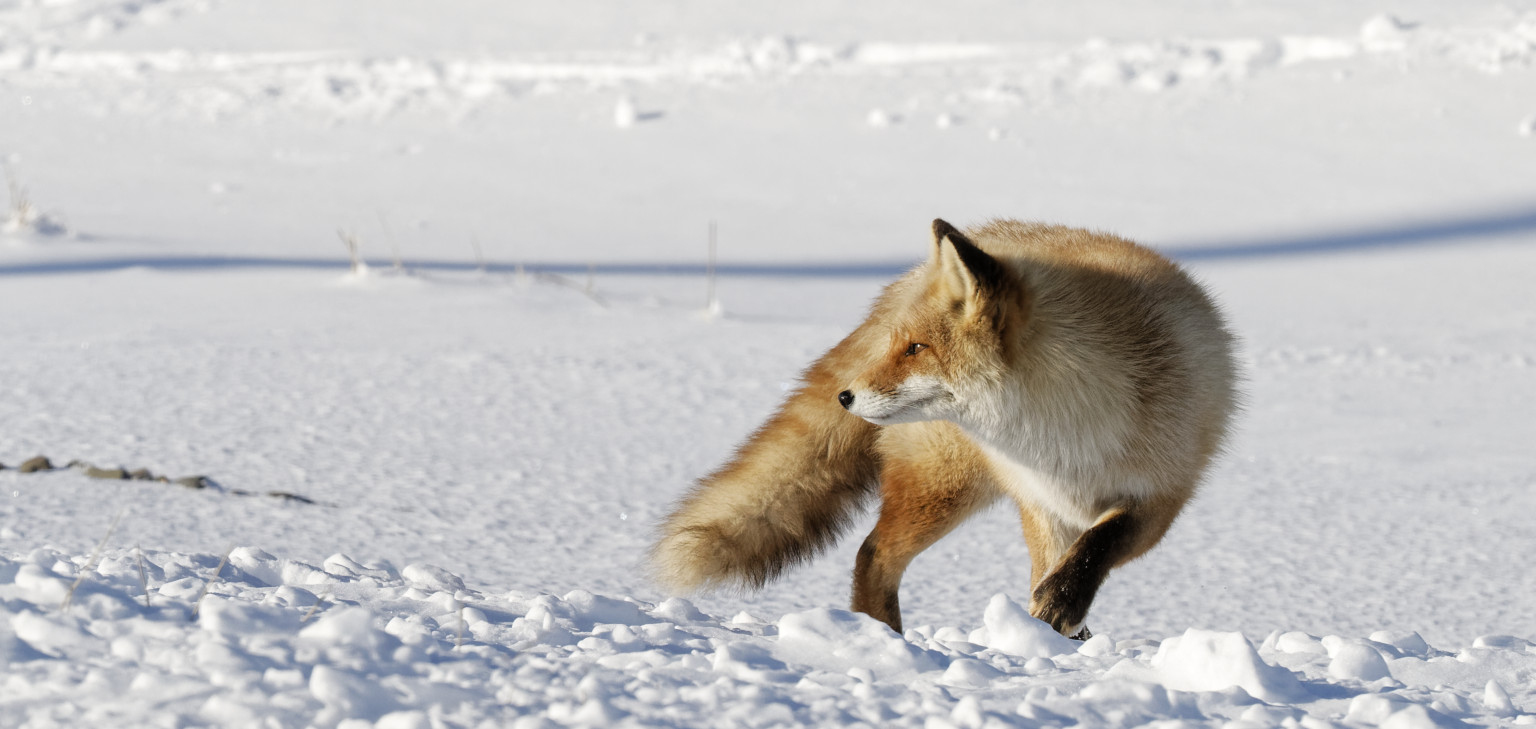
Kitsune, or red fox
The northern hemisphere predator with the most extensive range: The ubiquitous red fox. As in Europe, the red fox (locally known under the lovely name of kitsune) is relatively difficult to find but, once found, it is not very easily afraid of human presence. Red fox, Renard roux (Vulpes vulpes)Hokkaido, Japan North island, January/February 2019.
-
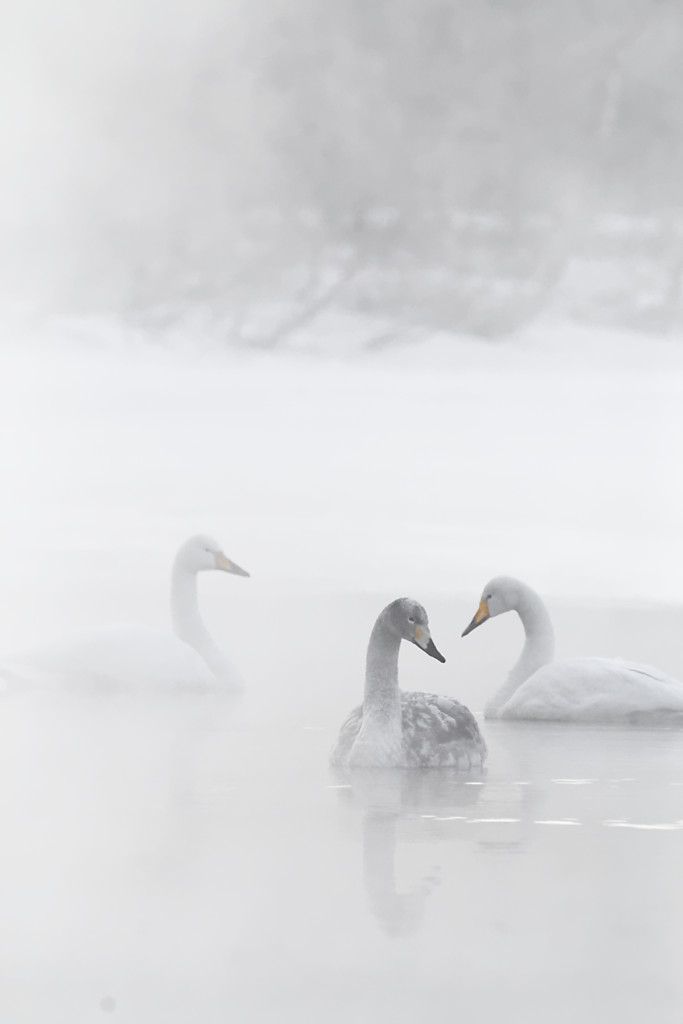
Whooper swan
Strong and dignified, the whooper swan is marvelous subject, in snow as much as in sun. Whooper swan, Cygne siffleur (Cygnus cygnus)Hokkaido, Japan North island, January/February 2019.
-
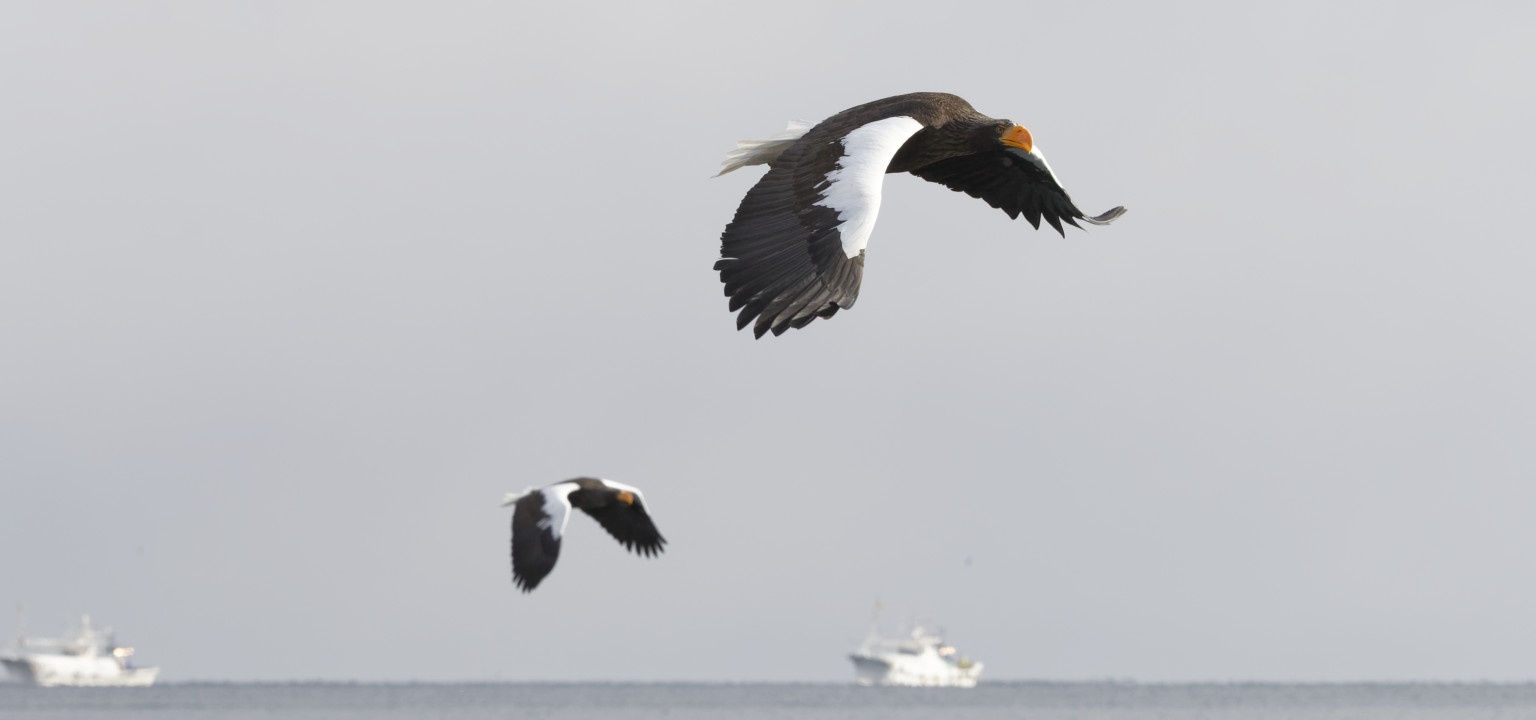
Rausu, temple of fishing sea eagles
-
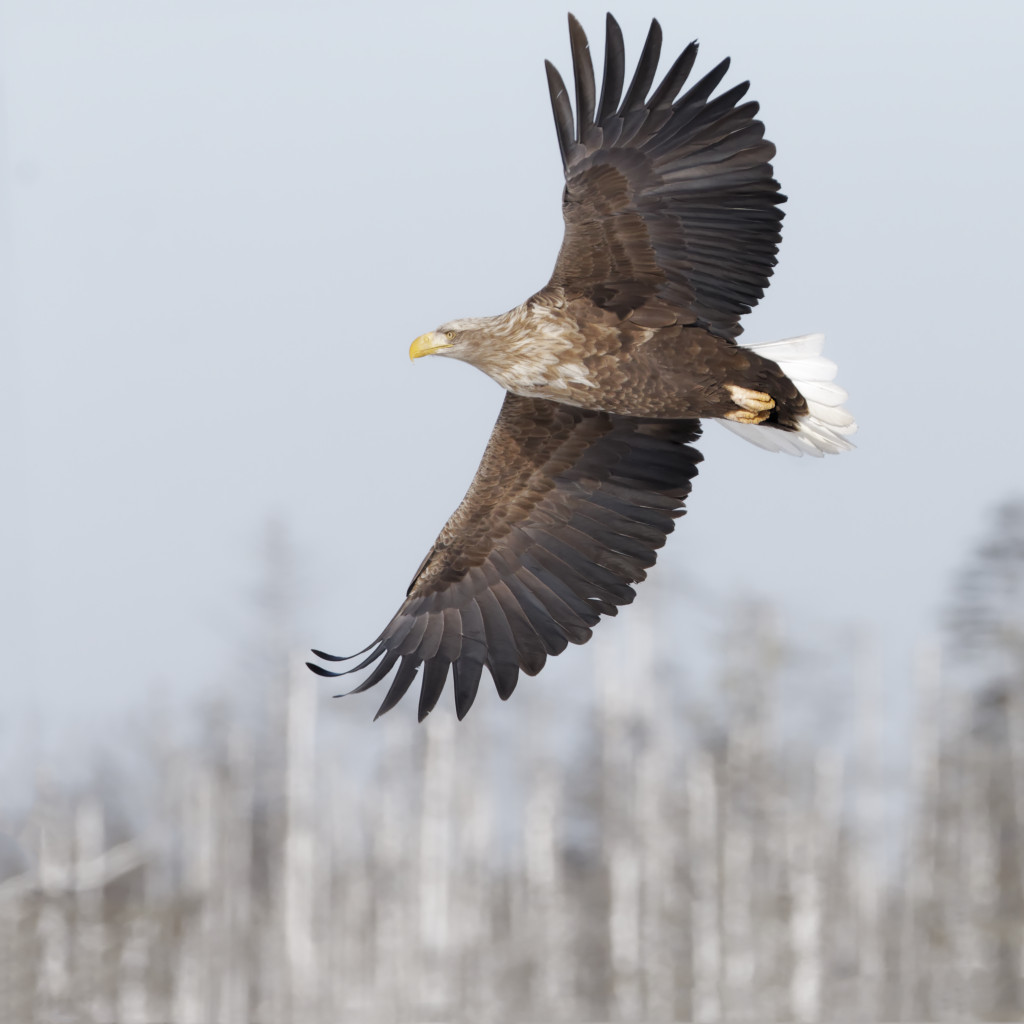
White-tailed sea eagle
More common than the Steller’s sea eagle, the white-tailed sea eagle is a very powerful bird of prey. White-tailed sea eagle, Pygargue à queue blanche (Haliaeetus albicilla)Hokkaido, Japan North island, January/February 2019.
-
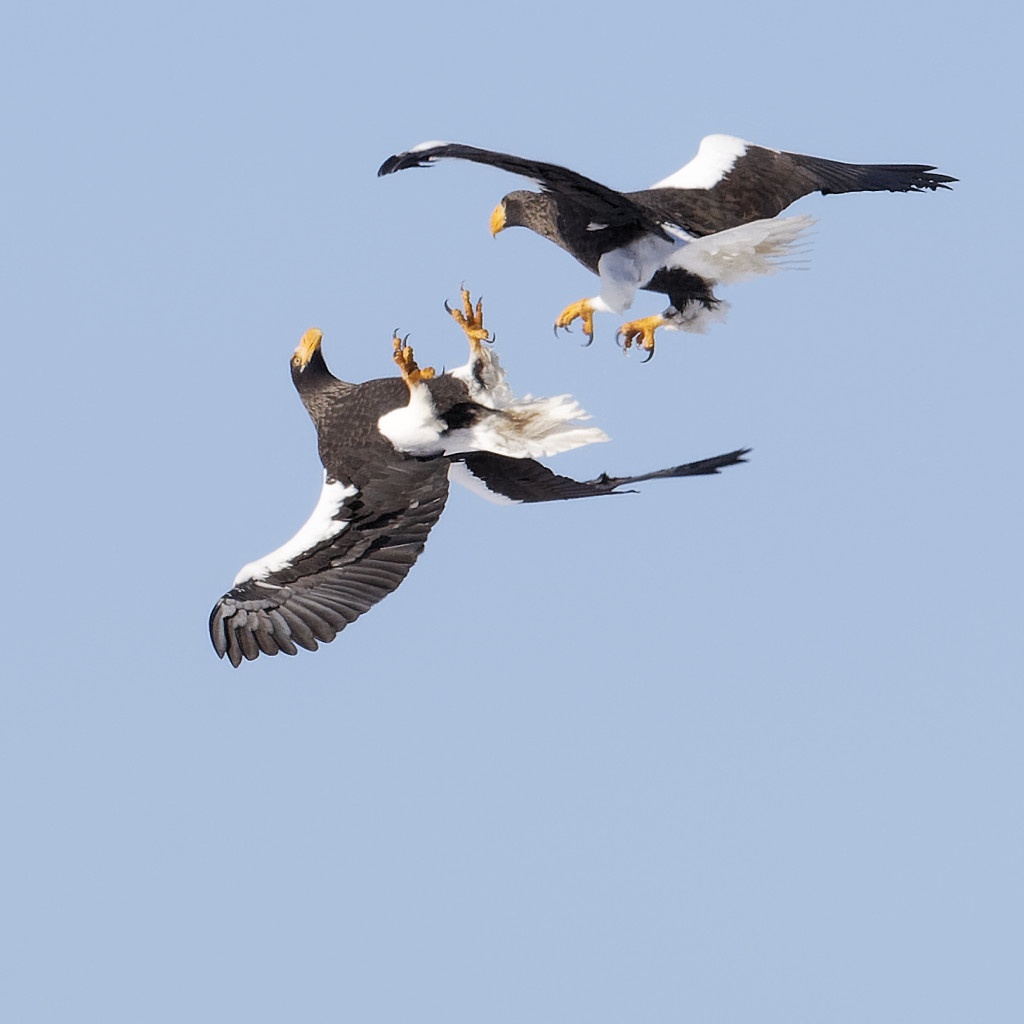
Eagles conflicts
-
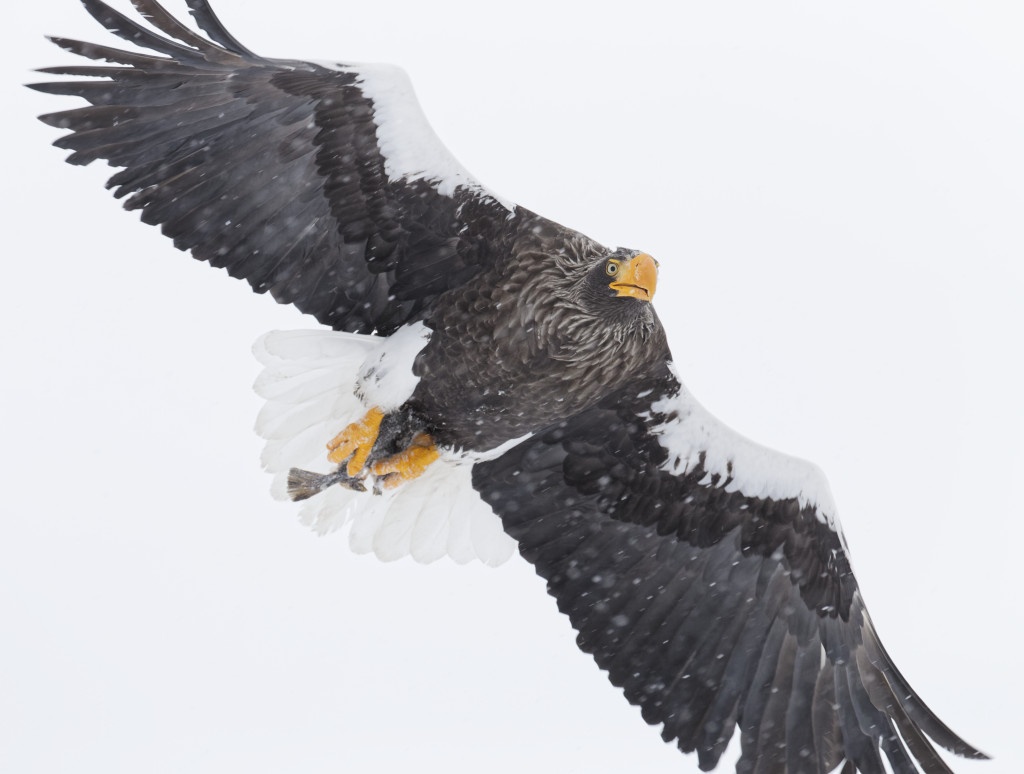
Steller’s sea eagle
This sea eagle is one of the largest bird of prey. Magestic in flight, armed with powerful talons and a mighty yellow beak, it may remind of the American bald eagle (or the African fish eagle), but it is a quite different species. You may want to see it actually fishing at sea. Steller’s sea…
-
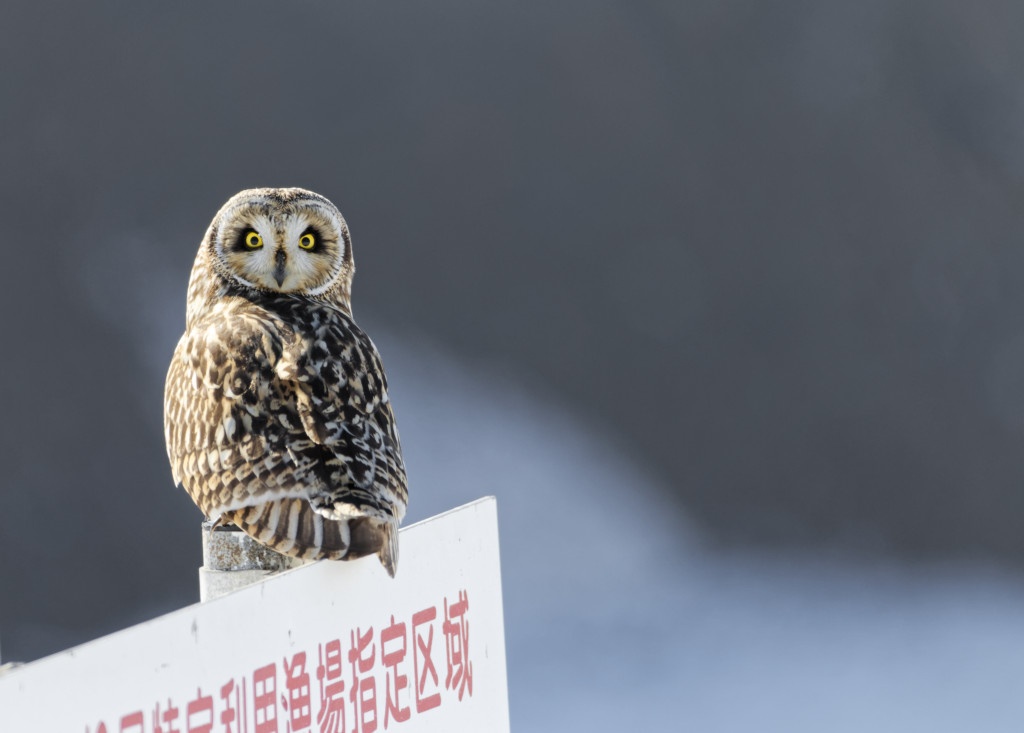
Short-eared owl
Short-eared owl, Hibou des marais (Asio flammeus)Hokkaido, Japan North island, January/February 2019.